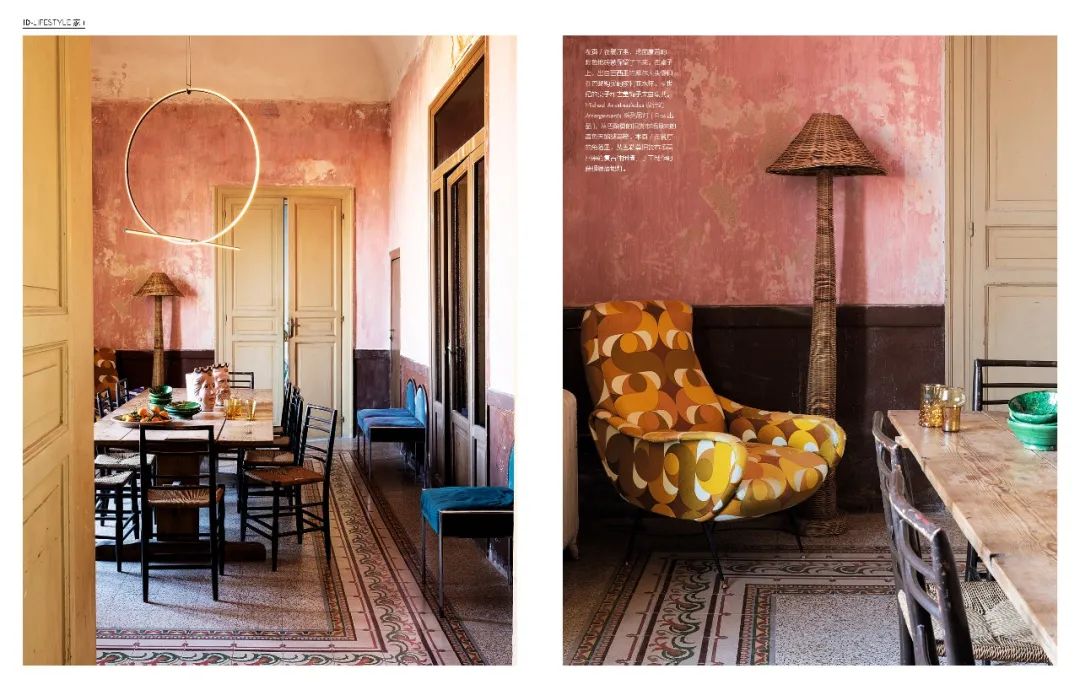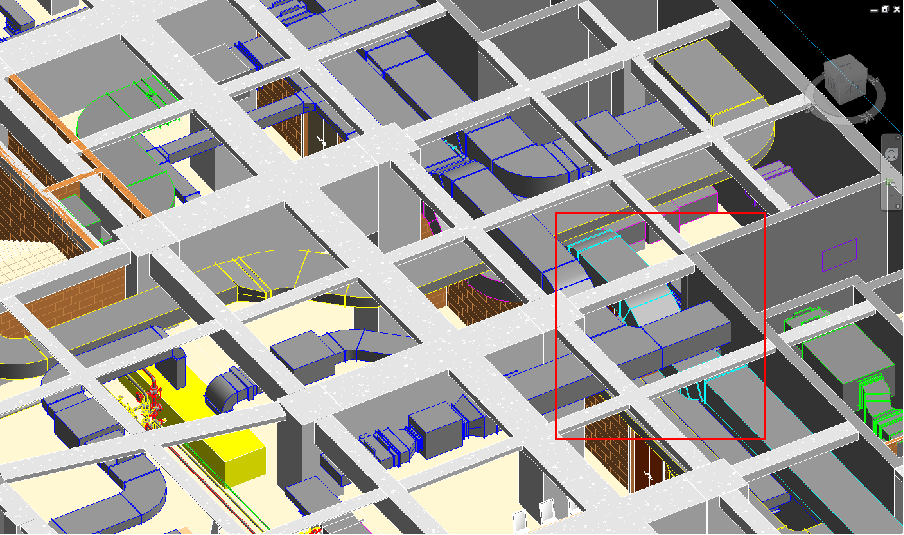So we thought of collecting light sources on the roof and concentrating light into optical fiber tubes Later, it is introduced to the places in the building that need lighting, and now it is under research…
“Architecture, beyond architecture” — in the September issue’s cover topic spaceplus, we talked to different architectural practitioners along seven different clues, in order to describe how the interaction between different disciplines can shape the different ways of current architectural experiments.

The research of Gelman and his fellow scientists includes completely different topics such as genetic algorithm, evolutionary economy and artificial life system, which involves not only the complexity of nature, but also the complexity of human society and human itself.

Not long after, Ian Mcharg, the “father of ecological planning” of the United States Combined with his parachutist experience, he took the lead in asking the world: how can humans have a healthier habitat? In order to find the answer, he started the discussion on the topic of “sustainable development” since the 1960s, and recorded the research results in design with nature published in 1969 In the book.



These innate feelings always remind us that the power of nature is silent but always powerful.





In this way, bionics and pro life In the exploration architecture he founded in 2007, architects “use bionics to rethink various building types and develop solutions that can make more effective use of resources.” ▲ shade loving tropical rain forest plants that have evolved a lens structure on the leaves to focus diffuse light, and the diverticulum eyes of long headed chest wing fish have inspired the design of the biomimetic office building project “towards the ecological future” ▲ inner page of September magazine ← slide to the left decades ago, when ulfmer Boulder, the first European astronaut, looked down on the atmosphere for the first time in space, he was amazed that this thin blue halo was actually a barrier to human civilization, thus awakening the global “ecological” consciousness.





“This is a very interesting example, which shows that bionics can not only cover complex science, but also directly apply biological concepts to architecture.” through a series of work experience including Eden Project and impressive public speeches at Google, Royal Academy of Arts and Ted, Michael Pawlyn, a London architect, found another way for his practice by grafting the research results in the fields of bionics and sustainability into architecture.
“▲ zero waste textile factory The regenerative design method of the project beyond the conventional sustainable design is the experimental field that Michael Pawlyn, a British architect whose value and influence have not been correctly recognized, has worked for more than ten years.
Discipline interaction is still a new path to promote architecture to the future.
Without avoiding modern contradictions, they expressed the complexity of today’s social culture from the perspective of urban social psychology…




After the era of globalization, technology and trade seem to have blurred the boundaries of many industries.
The new equation discipline of architecture is artificially set up.

Returning to the design field that ideat idealists pays attention to daily, more and more real cases also let us see that architecture, as an interdisciplinary DNA, is brewing more new combinations of creative equations under the general trend of interdisciplinary, in addition to engineering technology and humanities.


In this issue of “dialogue”, when talking about the biomimetic office building project, Michael introduced in detail how bionics can help introduce natural light sources into the building.
Even though the virtual space has already opened the infinite Pandora, no one can resist the clean air, gentle wind and warm sun.


▲ recent sessions of nature construction · Archi The tecturechina award is focusing on exploring the “way of natural construction” worthy of attention in China and encouraging learning from the countryside.
The lens structure area of the leaves is very small, which can focus light and produce mitochondria required for photosynthesis.

Fundamentally, diffuse light is difficult to focus, but obviously this plant has done it…



“Shade loving rainforest plants have evolved a lens structure on their leaves to focus diffuse light…



Interdisciplinary, cross-cultural and cross-border cooperation seems to be a logical thing.



After confronting the rampant global COVID-19, we can not deny that in the face of complex issues to be solved, the limitation of knowledge in a single discipline or within itself has become increasingly evident.


It is the product of the development of knowledge to a certain stage.


“Buildings are flexible and grow naturally” ▲ on the inside page of September magazine, human beings seek holes and live, and steal fire.




At present, sustainability can only reduce the negative impact, but regenerative design means a more positive way to bring sustainable net benefits.


Sn ø hetta cooperates with saferock, a Norwegian start-up company, to achieve the goal of “zero emission” of building materials by using industrial by-products to manufacture geopolymers to replace existing concrete; He Wanyu, founder of xiaoku technology, wrote the guide to artificial intelligence for architects, which aims to help the industry cultivate more cross-border talents of “computer + Architecture” and truly help the construction industry realize intelligence; Different from the conventional “repairing the old as the old”, Hu Rushan and Guo Xien, the two leading architects of ruen, carried out “reflective nostalgia” on the transformation of Fuzhou teahouse.





















The original life is to explore in nature.






I firmly believe in all this All possible.

One of the winners of the 2020 technology exploration award of the award is architect Luo Yujie, whose studio has conducted long-term research and Practice on the fabricated wood construction technology..


▲ the solo cabin designed by Perkins & will brings together the test site of low energy consumption system, environmental protection materials, prefabricated and modular construction methods and energy self-sufficiency scheme, showing the imagination and vision of future zero emission buildings.
“Of course, not only bionics, ecology, art, computer science and artificial intelligence, psychology, sociology or anthropology, which bring us surprise, may become the” plus “that enables the architectural space, so as to gain more possibilities for the development of architecture.
“Bionics in architecture” ▲ inside page of September magazine ← slide left “What we need to do is to strive to create this turning point, so that the current sprout can quickly change into the future normal, the concept from sustainability to regeneration, the thinking from machinery to system, and the practice from exploiting natural resources to a series of positive measures such as repairing ecosystem, rebuilding community relations, eliminating carbon in the atmosphere, building zero emission buildings, etc.
However, “research has shown that physics, biology, behavioral science, and even art and anthropology can be linked together in a new way.” Nobel laureate physicist Gelman, who left this remark, has formed the Santafe Institute with a group of scientists in different fields as early as the 1980s, Carry out interdisciplinary complexity research (also known as “complexity science”).

There is no doubt that this will be an irreversible trend: “interdisciplinary knowledge” It is developing a new mode of knowledge production for the creative means of constructing the environment and the world for mankind.









